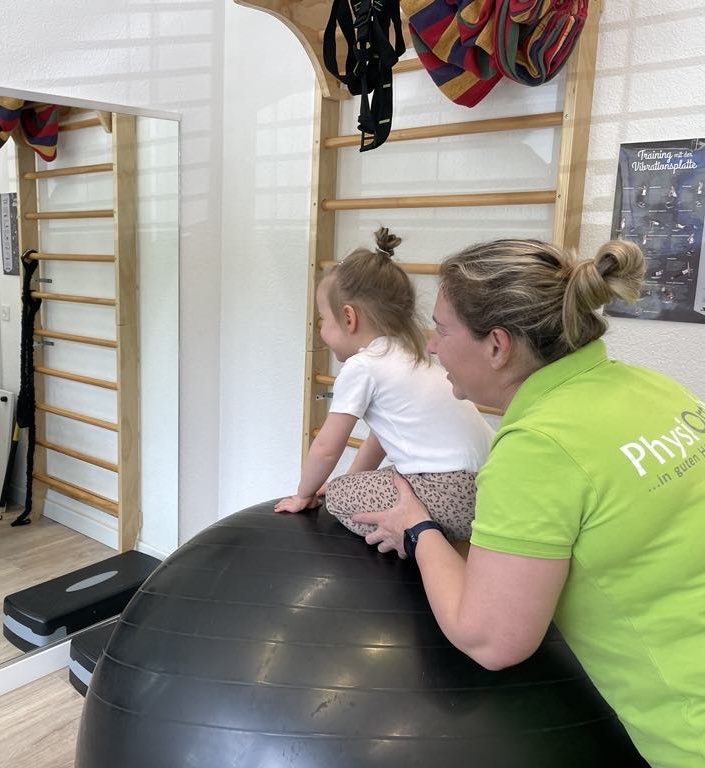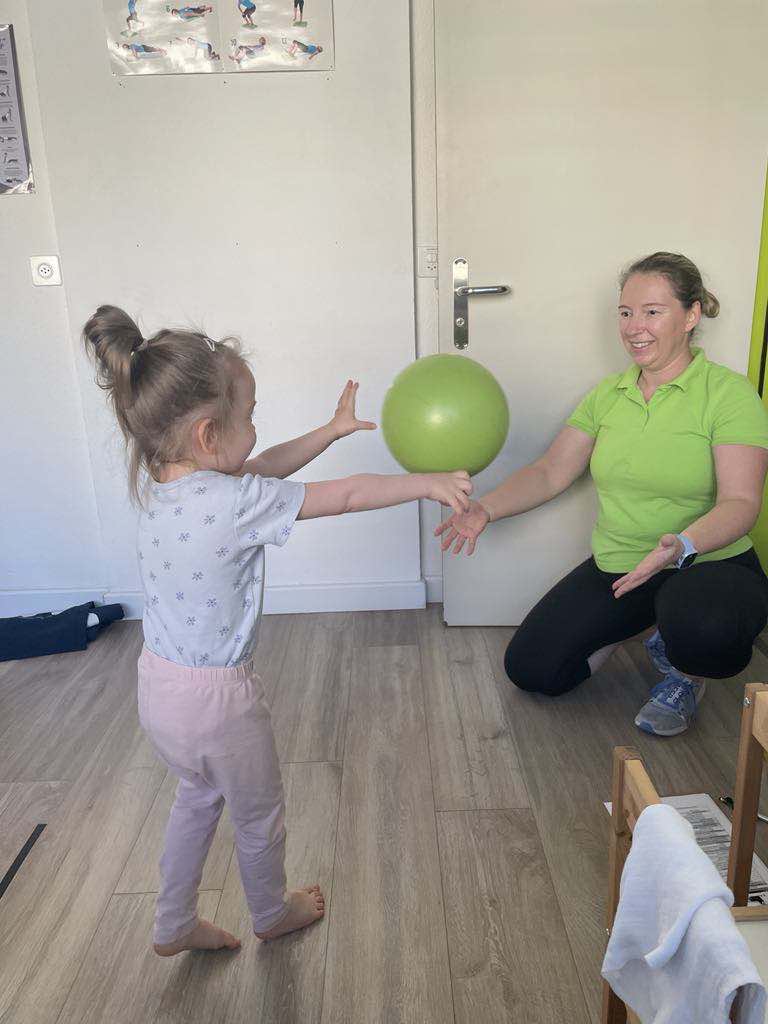Individual TSMT® training (TSMT® I.)
We recommend Individualized Sensory Motor Training® (TSMT I®) for children aged 3 months to 8 years who show one or more of the following symptoms:
- Highly talented in certain areas, but unable to reveal this talent
- Delayed speech development
- His motor development differs from normal
- Anxiety
- Behavioural problems, increased aggression
- Lack of cooperation
- Weakness of control functions
- Severe attention and concentration problems
- Regulatory disorders (eating, sleeping problems)
- Infant/primitive reflexes appearing after infancy
- As a preventive measure, if the above symptoms have already occurred in the family in the case of a parent/older sibling
- Sensory Processing Disorder (SPD)
- Childhood autism in uncooperative children
- Asperger syndrome in a child who is difficult to cooperate
- Central nervous system (CP) injury under 5 years of age
- Severe learning disorders (Dyscalculia, dyslexia, dysgraphia)
- Born with a genetic disorder, e.g. Down syndrome, Williams syndrome, Rett syndrome

If the child's developmental delay is greater than 3-6 months, or if there is significant stagnation, or if tests confirm that the child is performing at a level below 50% in the impaired area, i.e., in terms of nervous system maturity and motor maturity, it is recommended to begin developing the child with individual TSMT training. Individual training is also recommended if the child is unable to understand, imitate, or perform the tasks in the assessment, or if the child shows resistance, cannot be put in a task situation, has a short attention span, is easily distracted, and is unable to cooperate with other children, educators, or parents.
How does TSMT® I training happen?
Individual TSMT® training always begins with the Longitudinal Complex Examination® (LongiKid®), which provides feedback on the child's sensorimotor and cognitive status, identifies any delays, and sets training goals. If the child is uncooperative during the assessment or cannot be brought into an examination situation, the primary goal is to establish cooperation, which facilitates the identification of the child's actual partial ability profile at the first six-month follow-up examination.

After the initial assessment, a qualified TSMT® trainer selects and compiles a personalized TSMT® training program from more than 1,000 exercises, then trains the parents so that they can practice the exercises with their child at home at the frequency determined by the trainer. If necessary, the family can practice with the trainer several times, but according to the protocol, a mandatory check-up is required once a month. During the check-up and the bi-monthly re-evaluation, the trainer adjusts the intensity of the exercises and stimuli, corrects the execution of the exercises if necessary, and increases the difficulty of the exercises in line with the training goals.
How long does the TSMT I® training last?
Depending on age and cooperation, TSMT I® training lasts from 20 minutes (between 3 and 12 months of age) to 90 minutes per session. As the repetitions progress, the time required to complete the exercise routine decreases, but after a certain age, less than 30 minutes is ineffective for the effective transformation of nervous system structures. TSMT I® training typically lasts for at least six months, followed by a reassessment to determine further objectives. If the child's age lag is less than 3 months after the control examination, or if their symptoms have decreased or disappeared completely, the training can be discontinued or replaced with other developmental therapies (speech therapy, special education, drama therapy, foundation therapy, group TSMT therapy, occupational therapy, psychomotor therapy, equine therapy, therapeutic swimming, etc.) can be substituted.